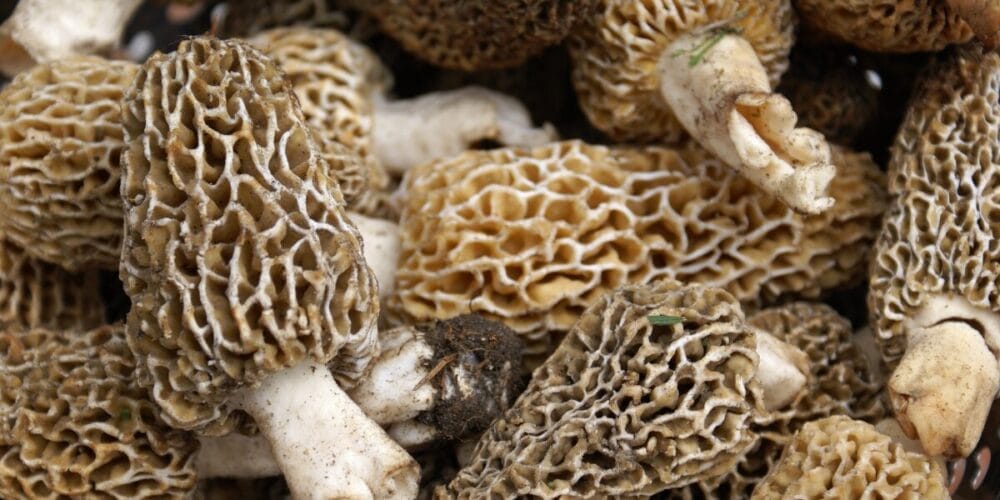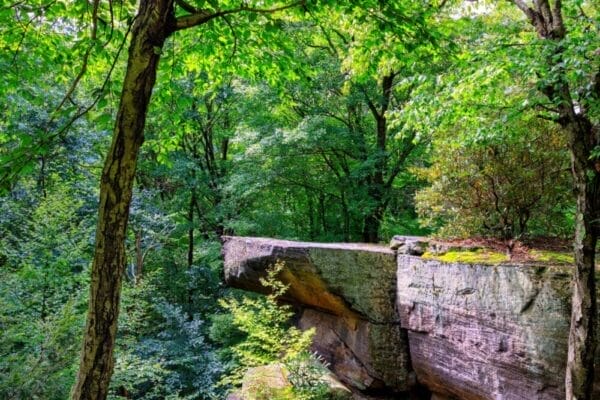The Mighty Hunting Beard: More Than Just a Fashion Statement
Hey there, wild and wonderful adventurers! It’s almost beard season… er, we mean hunting season in the Mountain State. At Country Roads Sporting Goods, we’re all about equipping you for those bold excursions into West Virginia’s rugged landscapes. Today, we’re diving chin-first into a topic close to our hearts (and faces): the majestic hunting beard.
Why Grow a Hunting Beard? Let Us Count the Ways…
- Nature’s Face Warmer: Who needs a scarf when you’ve got a face full of fur? Your beard is like a cozy cabin for your chin. When those chilly Appalachian winds start howling, your facial forest will stand strong, keeping your mug toasty warm. It’s like having a built-in thermostat, courtesy of Mother Nature herself!
- Camouflage on Command: With a beard, you’re basically a walking, talking bush. Deer won’t know where the forest ends and you begin! It’s like having an invisibility cloak, but instead of magic, it’s all-natural and grows right out of your face. Who needs high-tech camo patterns when you’ve got the ultimate disguise right under your nose?
- Scent-sational Control: Trap those scent-masking sprays in your facial forest. You’ll smell like nothing but pure, unadulterated outdoors. Your beard acts like a natural diffuser, slowly releasing that earthy, “definitely-not-a-human” scent all day long. It’s like having a built-in air freshener, but instead of “Spring Meadow,” it’s “Essence of Tree.”
- Solar Protection: Sun glaring off the snow? No problem! Your beard is basically SPF 1000 for your face. While your clean-shaven buddies are slathering on sunscreen, you’ll be basking in the glow of your own facial awning. It’s like having a permanent shade structure attached to your face – talk about efficiency!
- The Silent Whisperer: Need to communicate with your hunting buddy? Your beard muffles sounds better than any high-tech gadget. It’s nature’s very own sound dampener. You can whisper sweet nothings to that trophy buck without alerting every critter in a five-mile radius. It’s like having a built-in silencer, but for your mouth!
- Tradition with a Capital ‘T’: Growing a hunting beard is like a rite of passage. It’s how you tell the world, “I’m one with the wilderness now.” It’s a time-honored tradition that connects you to generations of rugged outdoorsmen who came before. When you sport that beard, you’re not just growing hair – you’re growing history!
- Low-Maintenance Living: Out in the wild, ain’t nobody got time for shaving. Embrace the grizzly look! Your beard is the ultimate “set it and forget it” accessory. While you’re focused on tracking that elusive 10-pointer, your beard is doing its own thing, growing wild and free. It’s multitasking at its finest!
- Rugged and Ready: Nothing says “I wrestle bears for fun” quite like a full beard. (Disclaimer: Please don’t actually wrestle bears.) A robust beard instantly adds +10 to your wilderness cred. It’s like a badge of honor that screams, “I’m ready for anything the great outdoors can throw at me!”
The Art of Beard Maintenance: Keeping Your Face Forest in Check
Now, just because you’re channeling your inner mountain man doesn’t mean you should let your beard run completely wild. Here are a few tips to keep your hunting beard in prime condition:
- Wash it, but not too much: Just like the rest of your hair, your beard needs cleaning. But don’t go overboard – washing it 2-3 times a week with a mild shampoo is plenty. Over-washing can strip away natural oils and leave your beard dry and scratchy.
- Oil it up: Beard oil is your new best friend. It keeps your beard soft, manageable, and smelling great. Plus, it moisturizes the skin underneath, preventing the dreaded beard itch.
- Brush it out: Invest in a good beard brush or comb. Regular brushing helps distribute oils, removes tangles, and keeps your beard looking neat(ish). It’s also a great way to check for any “souvenirs” you might have picked up in the woods!
- Trim as needed: Even if you’re going for that full-on Grizzly Adams look, an occasional trim can keep your beard looking intentional rather than neglected. Just a little snip here and there to keep things in check.
The Country Roads Way
Here at Country Roads Sporting Goods, we’re all about that rugged reliability and Appalachian spirit. Your beard embodies both – it’s tough, it’s dependable, and it’s got more character than a banjo at a bluegrass festival. It’s a testament to the wild and wonderful landscapes we cherish and protect.
We believe that every piece of gear you carry into the wilderness should be as reliable and purposeful as that magnificent beard on your face. That’s why we carefully select products from top manufacturers known for their quality and durability. From precision-engineered crossbows to high-performance ammunition, we’ve got everything you need to complement your facial fortress and make your hunting trip a success.
Beards and Beyond: Responsible Adventuring
Remember, whether you’re sporting a full-on Grizzly Adams or just a bit of stubble, what matters most is how you use your outdoor skills to responsibly enjoy and protect our wild spaces. Your beard (or lack thereof) is just the cherry on top of your adventurous spirit.
As you trek through our beautiful West Virginia wilderness, beard billowing in the breeze, take a moment to appreciate the natural beauty around you. And remember, with great beard comes great responsibility. Practice ethical hunting, leave no trace, and be a steward of the environment.
So, gear up with quality equipment from Country Roads Sporting Goods, grow out that magnificent beard, and get ready to make the most of hunting season in our wild and wonderful West Virginia! Your beard is ready for the challenge – are you?
Country Roads Sporting Goods: Gear for the Wild and Wonderful – facial hair and all!
P.S. If you’re follicly challenged, don’t worry! While we don’t carry apparel ourselves, we can point you towards some great neck gaiters that’ll give you all the benefits of a beard without the 3-month growing period. Because at Country Roads, we believe everyone deserves to experience the joy of face-forestry, one way or another!


















